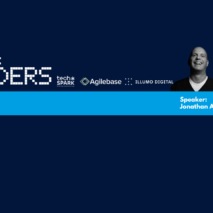Most people are familiar with the concept of a sales funnel: if one gets 100,000 visitors to the website, 1% of them will enquire and a further 1% will buy. A Google Ads specialist will happily talk to you about the funnel; impressions vs. click through and the licks vs conversions. What very few people pay attention to is the true conversion rate. Too often Google Analytics and Adwords do not reflect true conversion rates because they either present partially incorrect data or do not cover all types of conversions. So how can you capture all conversions and get a real life conversion rate?
1. UNDERSTAND WHAT A CONVERSION IS.
Even if you run an e-commerce store and you are only interested in your shopping basket value it is important to capture all sales that result from online visitors. That is people who call up on the phone or even get referred via email. This requires a solid mechanism in your business to enable this. For example, we use the Salesforce CRM to capture email, telephone, social media, web, live chat and face-to-face leads.
2. TRACK RESIDUAL VALUE OVER TIME
My clients often tell me that their Google performance is never as good at the start of their advertising campaigns as at the end. The natural advertising instinct is to measure a month or two of advertising, draw some conclusions and then amend the campaign. What a lot of people overlook is the residual value of online advertising. For example, people who do research, bookmark a site and then come back some months later when they are ready to buy. This is often not reflected in the early days of campaign metrics. One way to measure this is to look at visitor recency using GA or bespoke site tracking.
3. NURTURE LEADS AND PREDICT FUTURE CONVERSIONS
Conversions are typically seen by marketeers as a three step process: we expose our brand online, visitors land on our site, they buy. In reality, the conversion process is more complex, with an average engagement rate at around 3 independent visits per conversion. To track the pathway, it is important to measure factors such as conversion rate prior to engagement, time on site and return rates. These normally give a good indication of your likely future conversion rate behaviour, and are a good place to start.

